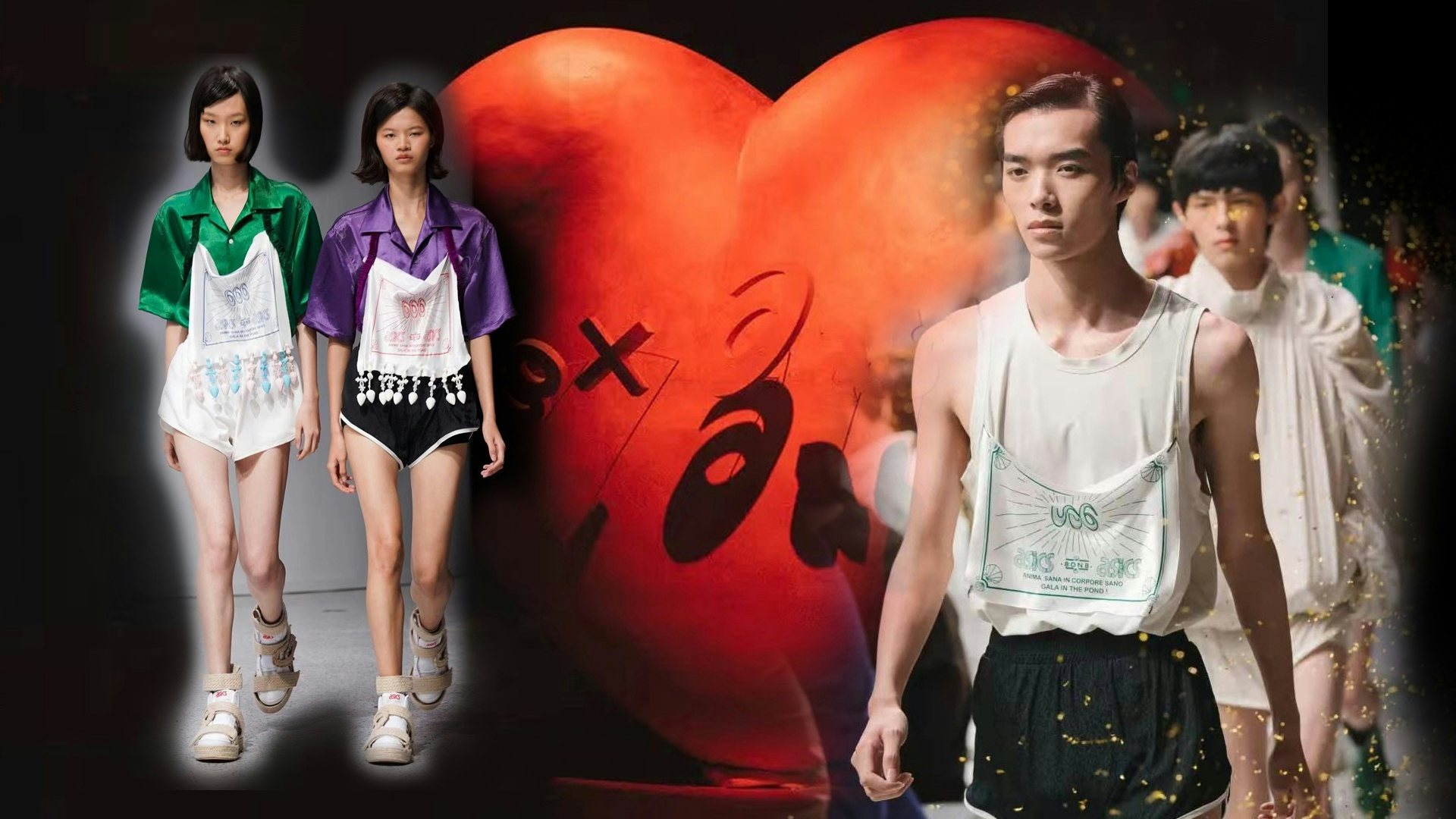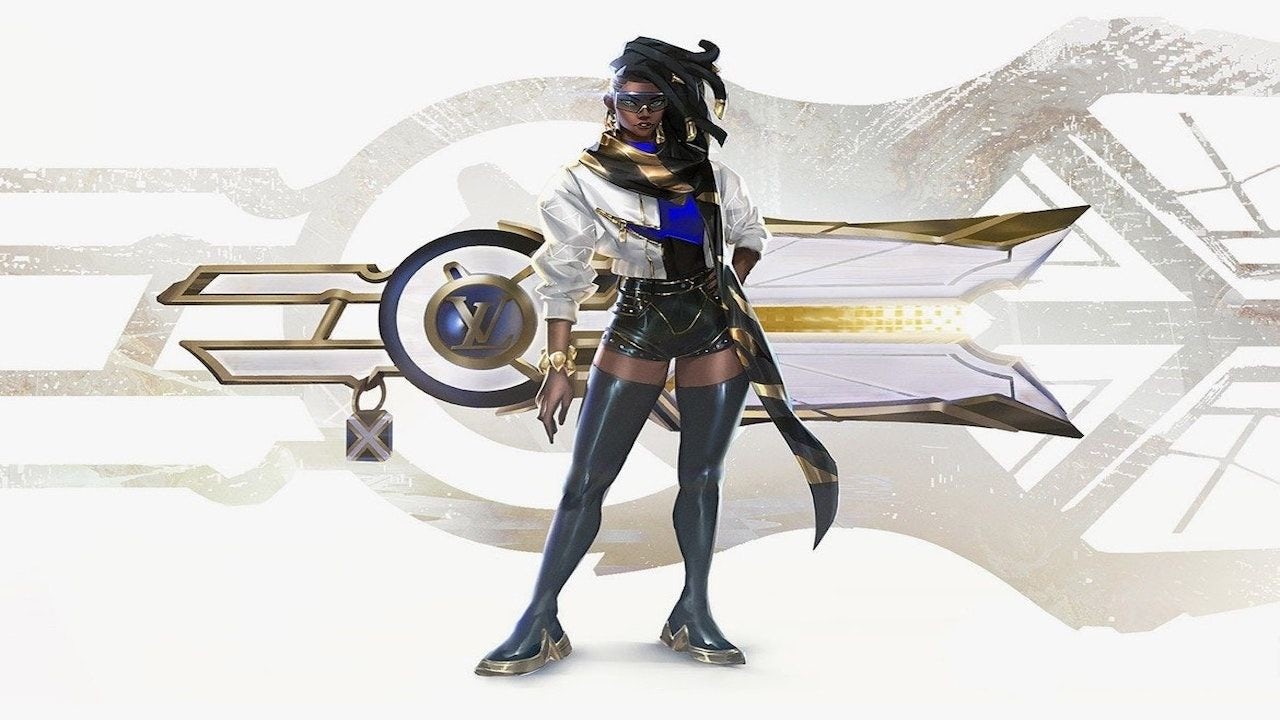Key takeaways#
:
- China’s continued thirst for collaborations from food to wellness means that we are unlikely to see an end to this soon. This latest iteration is a nice twist in that global companies are taping independent Chinese designers.
- As seen in the Feng Chen Wang collaboration with Converse, partners which are long-lasting and authentic will deliver the best results. Added offline activities such as with Pronounce and Diesel will drive online excitement and amplification.
- Although these young designers offer direct lifelines to young consumers on the mainland, these collaborations are dropping globally which indicates the growing positioning of these Chinese names internationally.
The last few weeks tell an interesting tale in terms of fashion drops. Recent collections and products from four international brands — Converse, Diesel, Canada Goose, and Asics — all have one thing in common: They are collaborations helmed by young independent Chinese designers.
How times have changed: Five years ago, the idea of a big global name tapping an independent Chinese designer for collaboration was, frankly, unimaginable. Historically, citizens were more likely to see Western designers working with local names. This practice was either in the shadows, as with Graeme Black, the former creative director at Ferragamo, who designed for domestic cashmere giant Erdos, or out front, as with the Bosideng X Jean Paul Gaultier partnership.
However, one thing is clear: China adores collaborations, and the more unusual they are, the better (Fenty Beauty + Hey Tea and Burberry + Honor of Kings are two examples). While some Chinese brands are still tapping international names, such as EP雅莹choosing Vincent du Sartel and Joeone working with Louis-Gabriel Nouchi, the Western world has also woken up — and opened up — to designer offerings on the mainland.
Excitingly, what silences the critics about this recent trend is the fact that products are available globally, putting heed to the misconception that they are solely using these young brands to reach millennial and Gen-Z audiences in China.
While these domestic brands are no doubt benefitting from China’s continuing desire for homegrown names, which has been accelerated by COVID-19, it is becoming increasingly obvious that we are now approaching the century of China — or the Chinese decade, at least.
With this in mind, Jing Daily looks at these four partnerships and considers what the return on investment is for either party, what pitfalls should be avoided, and when will we hit a peak collaboration moment?
Feng Chen Wang designing for Converse revealed a deeper level of partnering#
Chinese menswear designer Feng Chen Wang has not only grown her personal brand, but is also a master of collaborations, already having many successful tie-ins under her belt. In this half alone, she has had hits with both Ugg and Converse. Matthew Jung, VP of Converse Asia, said that there is no doubt that her 2-1 Chuck 70 was a bright spot that drove energy among consumers. “First and foremost, we are a brand dedicated to serving youth and sparking their progress,” he said. “In 2016, we partnered with Labelhood, and that is where we were first introduced to Feng Chen Wang — a visionary woman and designer.”
The partnership evolved quite naturally, and Jung explained that, since then, the megabrand has been collaborating with her — first by supporting her shows and later through product releases and co-hosted shows. “There is a unique duality to Wang that we’ve been able to explore and elevate together over the last few years,” he continued.
Regarding return on investment, Jung was equally pleased with that element of the relationship. “Obviously, there’s a financial aspect, too, and a return on investment that we’ve been pleased with, both in China and on a global level. But it’s equally important to us as a brand to look at the long-term community impact and invest with partners who can mutually grow with the brand,” he concluded. Indeed, this was a win-win for both parties, and consumers.
Angel Chen for Canada Goose presented an opportunity for storytelling#
Chen can be considered one of China’s bankable young talents and already has close to 70 stockists. She is no stranger to collaborating, and previous team-ups have helped her make a global splash, cemented with an appearance in the reality TV show on Netflix, Next in Fashion. According to Laurence Lim Dally, MD of Cherry Blossoms International Branding, there are of course going to be pitfalls (politics and cultural appropriation are the main two).
A previous collaboration with Adidas and Chen was deemed controversial as the campaign featured tropes often associated with Asia: Kung Fu and ping pong. “Many of these Chinese designers have been studying abroad and paradoxically consider Chinese culture with a western gaze,” Dally explained. And Chen has consistently stayed true to her incorporation of traditional Chinese iconography and motifs into her designs.
The products released this month cleverly highlighted Chen’s statement product, the windbreaker, and her ability to interpret Canada Goose’s classic down jacket — showcasing her prowess in outerwear. An offering that played to both strengths.
Pronounce for Diesel added extra offline punch#
Many of these releases are available in China first and then opened up to global territories. Diesel tapped Pronounce’s Yushan Li and Jun Zhou for a denim-based collaboration that was first available on Diesel’s WeChat store and then available globally a week after — adding exclusivity for China’s consumers.
Dally stated that Chinese consumers dislike the idea of being disassociated with global releases but extra events in China, can ensure domestic markets still feel special and localized. For this launch, Diesel curated an art party at an immersive Gen Z mall in Shanghai for the launch; the venue’s visual appeal ensured images made it onto sites like Little Red Book and Weibo.
In the past the two have also tapped celebrities like Wu Lei and Ding Yuxi, ensuring the partnership is authentic. Interestingly, Diesel’s reported double-digit growth in the e-commerce sector; cooperations can bolster such a rise.
Finally, according to Dally, the main objectives for global brands when tapping Chinese collaborators is threefold: “to rejuvenate their image, convey originality — a core expectation of younger Chinese audiences — and also to resonate with growing national pride.” A job well done for both.
8on8’s Li Gong for Asics makes way for China’s decade#
In 2019, Asics China paired up with British Designer brand Vivienne Westwood but the company has also been cultivating local collaborations with brands like Haizhen Zhou and Nomannoman. Now it’s the turn of raconteur designer, Li Gong.
Gong is himself a fan of Asics, which lends this one an air of authenticity, as well as showing the designer’s artistic take on youthful fashion. Plus, what’s notable among most of these hook ups is that a return on investment is not the only measurement of value.
A spokesperson for Asics noted that the partnership was a good opportunity to have a “deep engagement with and present to youth and fashion consumers.” They continued: “Though this we aimed to incorporate diversity and culture into our products across different sport-style scenarios. We also wanted to offer more surprises and better experiences for our consumer.” This one was a bright spark in the making.
This dynamic craze could be driven by, what Adam Schokora, founder of Neocha, calls proud, confident, and patriotic young consumers. “They know it’s the Century of China and they want to see their favorite brands co-creating with local Chinese talents (in China and around the world).
They want to see themselves represented locally and abroad alongside other creative forces in these industries. And frankly, it’s long overdue,” he stated.
Indeed, by all accounts, this crazy shows little sign of slowing down. While many in the west might be jaded of tie-ups, they still hold freshness for mainlanders, who are eagerly welcoming ever more gigantic and off-kilter partnerships.
Schokora's summary is perhaps the most fitting conclusion: “As more people begin to see that innovation is rife throughout different creative fields in China, Chinese brands, designers, artists and so on, will only become more and more sought after around the world.” Finally.

